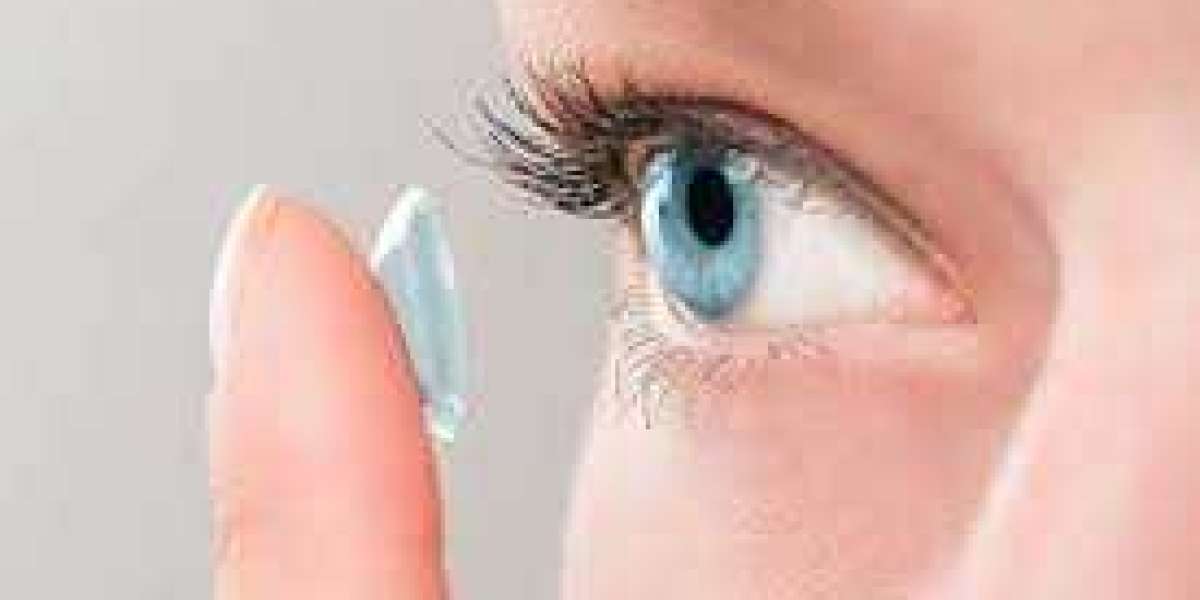When it comes to using hearing aids, it's essential to understand the common issues that can arise with the tubes and domes, as well as how to troubleshoot them effectively. By being aware of these issues and knowing how to address them, you can ensure that your hearing aids continue to function optimally, allowing you to experience the best possible sound quality and overall performance.
Moisture Build-Up
One of the most common issues with hearing aid tubes and domes is moisture build-up. This can occur due to various factors, such as humidity, sweating, or simply the natural accumulation of moisture from the environment. When moisture builds up in the tubes and domes, it can affect the sound quality and lead to discomfort for the wearer.
To troubleshoot this issue, it's important to regularly clean and dry the tubes and domes. Using a gentle cloth or brush, carefully remove any moisture from the surfaces, and allow them to air dry completely before reattaching them to the hearing aids. Additionally, storing the hearing aids in a dehumidifier overnight can help prevent moisture build-up and prolong the lifespan of the tubes and domes.
Feedback and Whistling Sounds
Another common issue that wearers may encounter is feedback or whistling sounds coming from the hearing aid tubes and domes. This can be caused by a poor fit, wax build-up, or a damaged tube or dome. When the fit is not secure, sound can escape and cause feedback, while wax build-up can obstruct the sound pathway, leading to whistling noises.
To troubleshoot this issue, it's important to ensure that the tubes and domes are properly fitted to the ear canal. If the fit is loose, consult with a hearing care professional to adjust or replace the tubes and domes for a better fit. Regular cleaning of the tubes and domes to remove any wax build-up is also crucial in preventing feedback and whistling sounds.
Discoloration and Wear
Over time, hearing aid tubes and domes may experience discoloration and wear, especially with daily use. Discoloration can occur due to exposure to oils from the skin, while wear can result from friction and contact with the ear canal. These issues can not only affect the aesthetics of the hearing aids but also impact their performance.
To troubleshoot discoloration and wear, it's important to regularly inspect the tubes and domes for any signs of damage or deterioration. If discoloration is present, gentle cleaning with mild soap and water can help restore their appearance. In cases of wear, it may be necessary to replace the tubes and domes to ensure optimal performance and comfort.
Sound Quality Issues
Occasionally, wearers may experience sound quality issues with their hearing aid tubes and domes, such as muffled sound or inconsistent amplification. These issues can be attributed to various factors, including wax build-up, improper fit, or damage to the tubes and domes.
To troubleshoot sound quality issues, it's important to regularly clean the tubes and domes to prevent wax build-up from affecting the sound pathway. Additionally, ensuring a proper fit and inspecting the tubes and domes for any signs of damage can help maintain optimal sound quality. If issues persist, consulting with a hearing care professional is recommended to address any underlying issues.
By being proactive in addressing these common issues with hearing aid tubes and domes, wearers can ensure that their hearing aids continue to provide the best possible sound quality and performance. Regular maintenance, proper cleaning, and seeking professional assistance when needed are essential in troubleshooting these issues effectively.








